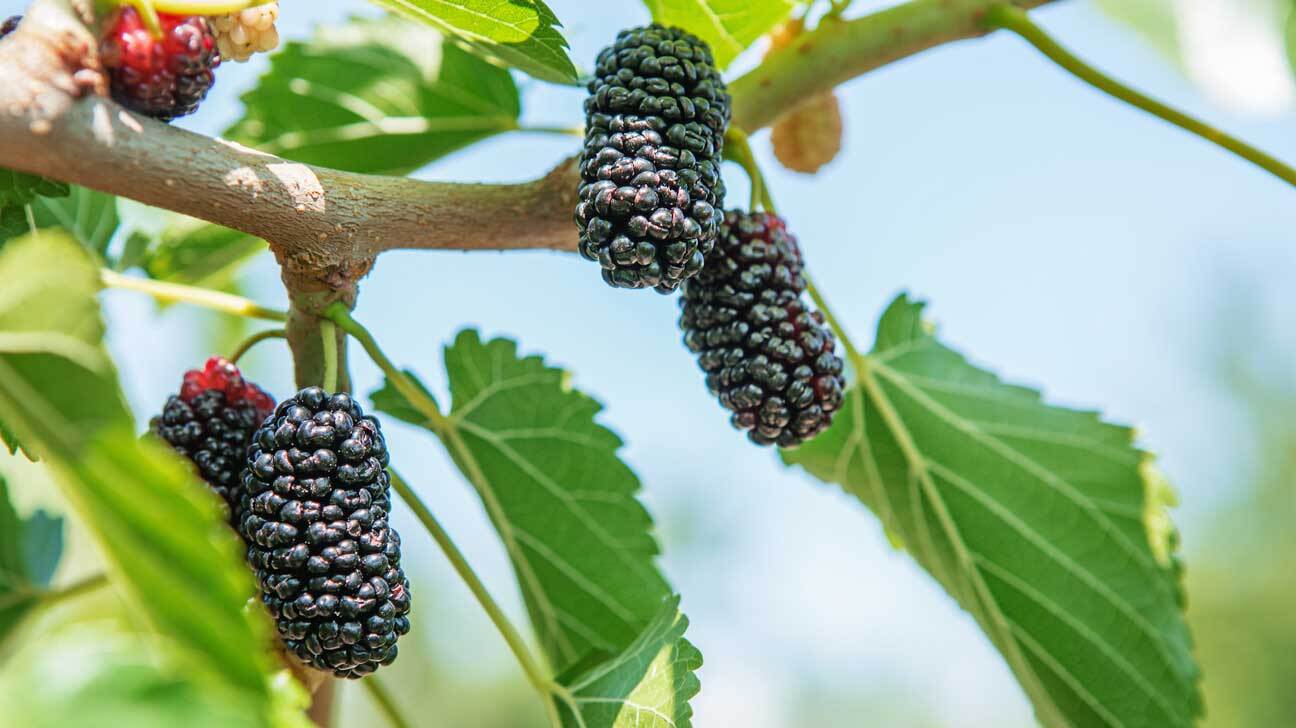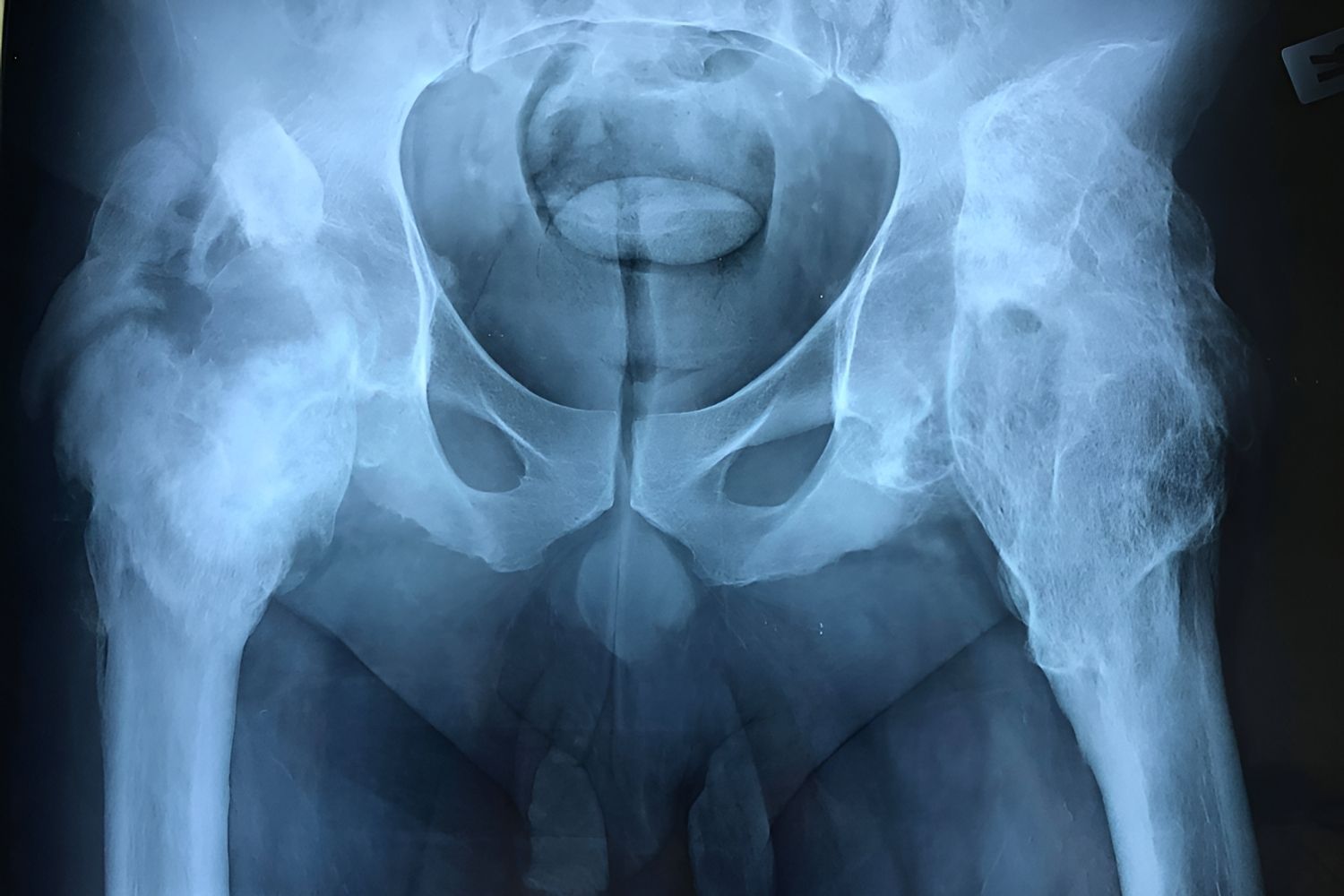
Mulberry leaves, not just for silkworms anymore! These green wonders are packed with benefits that might surprise you. From their ancient use in traditional medicine to modern-day health hacks, mulberry leaves have a story to tell. Did you know that these leaves can help manage blood sugar levels, support weight loss, and even boost your immune system? But that's just scratching the surface. With a rich history and a plethora of health benefits, mulberry leaves are more than meets the eye. Curious to learn more? Let's dive into the world of mulberry leaves and uncover 15 amazing facts that will make you see them in a whole new light. Ready to get your mind blown by what these humble leaves can do? Let's go!
Key Takeaways:
- Mulberry leaves are a powerhouse of nutrients, including vitamins A, B1, B2, C, and K, as well as calcium, iron, and magnesium. They have been used in traditional Chinese medicine for over 3,000 years to help with ailments like diabetes and high blood pressure.
- Mulberry leaves offer health benefits such as regulating blood sugar levels, reducing inflammation, and supporting heart health. They can also be used in culinary dishes like tea, salads, and sautéed dishes, and have a positive environmental impact by preventing soil erosion and providing habitat for wildlife.
What is a Mulberry Leaf?
Mulberry leaves come from the mulberry tree, known scientifically as Morus. These leaves have been used for centuries in traditional medicine and are the primary food source for silkworms. Let's dive into some fascinating facts about mulberry leaves.
-
Mulberry leaves are packed with nutrients. They contain vitamins A, B1, B2, C, and K, along with minerals like calcium, iron, and magnesium.
-
These leaves have been used in traditional Chinese medicine for over 3,000 years. They are believed to help with various ailments, including diabetes and high blood pressure.
-
Mulberry leaves are the exclusive diet of silkworms. Without these leaves, the silk industry would not exist as we know it.
Health Benefits of Mulberry Leaves
Mulberry leaves offer numerous health benefits that make them a valuable addition to your diet. Here are some key benefits:
-
They help regulate blood sugar levels. Studies have shown that mulberry leaves can reduce blood glucose levels, making them beneficial for people with diabetes.
-
Mulberry leaves have anti-inflammatory properties. They can help reduce inflammation in the body, which is linked to many chronic diseases.
-
They support heart health. The leaves contain antioxidants that help lower cholesterol levels and improve overall cardiovascular health.
Culinary Uses of Mulberry Leaves
Mulberry leaves are not just for silkworms; they can be used in various culinary dishes. Here are some interesting ways to incorporate them into your meals:
-
Mulberry leaf tea is a popular beverage in many cultures. It is known for its mild, slightly sweet flavor and numerous health benefits.
-
The leaves can be used in salads. Fresh mulberry leaves add a unique taste and nutritional boost to your greens.
-
They can be cooked like spinach. Sautéed mulberry leaves make a delicious and nutritious side dish.
Environmental Impact of Mulberry Trees
Mulberry trees and their leaves also play a significant role in the environment. Here are some ways they contribute:
-
Mulberry trees help prevent soil erosion. Their extensive root systems stabilize the soil and prevent it from washing away.
-
They provide habitat for wildlife. Birds and other animals often make their homes in mulberry trees.
-
Mulberry trees are used in reforestation projects. Their fast growth rate and hardiness make them ideal for restoring damaged ecosystems.
Fun Facts About Mulberry Leaves
Let's end with some fun and lesser-known facts about mulberry leaves:
-
Mulberry leaves can be used to make natural dyes. The leaves produce a range of colors, from yellow to green, depending on the mordant used.
-
They have been used in traditional crafts. In some cultures, mulberry leaves are used to make paper and other handmade items.
-
Mulberry leaves are mentioned in ancient texts. They appear in various historical documents, highlighting their long-standing importance in human culture.
A Final Nod to Mulberry Leaves
Mulberry leaves, more than just a part of nature's backdrop, hold secrets to health, history, and sustainable living. They're not only a staple for silkworms but also a treasure trove of nutrients for humans. With their ability to support blood sugar control, boost heart health, and offer antioxidant protection, these leaves are a powerhouse of benefits. Cultures around the globe have harnessed their properties for centuries, proving that sometimes, the most extraordinary benefits come from the simplest sources. As we continue to seek out natural solutions in our diets and lifestyles, mulberry leaves stand out as a testament to the wisdom of integrating the natural world into our daily lives. Remember, every leaf tells a story, and mulberry leaves have a narrative worth paying attention to.
Frequently Asked Questions
Was this page helpful?
Our commitment to delivering trustworthy and engaging content is at the heart of what we do. Each fact on our site is contributed by real users like you, bringing a wealth of diverse insights and information. To ensure the highest standards of accuracy and reliability, our dedicated editors meticulously review each submission. This process guarantees that the facts we share are not only fascinating but also credible. Trust in our commitment to quality and authenticity as you explore and learn with us.


